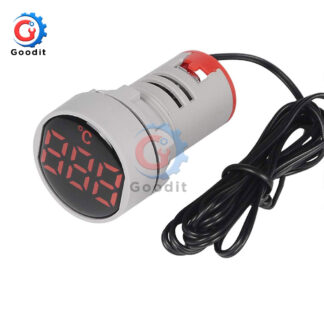Refractometers
How the refractometer works:
When light enters a liquid it changes direction – this is called refraction. Refractometers measure the degree to which light changes direction, called refraction angle.
The refractometer takes refraction angles and correlates them with refractive index (nD) values that have been determined. You can use these values to determine the concentration of the solutions. For example, solutions have different refractive indices depending on their concentration in water.
The refractometer measurement procedure is as follows:
- Pipette on a strictly (refractometer slide) the alcohol you want to measure so that it is spread over the entire slide.
- Then close the cover and look against the light source.
- The scale is divided into blue and white fields, the boundary of the distribution shows the value of alcohol.
- ATC temperature compensation is useful because the refractometer retains measurement accuracy at various temperatures, such as 20 ° C.
- You can refocus the refractometer through the eyepiece for good readings.
The refractometer no requires extra maintenance or charging. It is without batteries and you can measure almost immediately. - Easy calibration – just turn the trimmer on top and the refractometer shifts the value.
Showing all 3 results
-

0-32% Brix Refractometer with ATC for wine
$9.70 Buy product -

3in1 Beekeeper Honey Refractometer Brix 58-90% Water 10-33% 38-43Be’
$10.60 Buy product -

Alcohol Refractometer 0-80% V/V Alcohol Content Meter Tester ATC
$8.80 Buy product
Showing all 3 results





